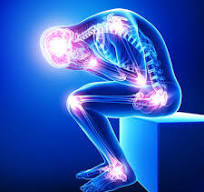
Modern pain science offers a fresh view, showing how pain doesn’t always equal harm. Pain no longer simply reflects injury. It no longer relates solely to tissue damage or physical harm. Instead, pain originates in the brain—a powerful organ that perceives, processes, and interprets various stimuli. The brain decides when and how pain emerges, influenced by psychological, biological, and social factors.
This breakthrough understanding changes how we view and manage pain. What if pain no longer signals danger? What if pain persists even when the body shows no physical injury? The Biopsychosocial (BPS) model and new pain research highlight the power the brain holds in shaping pain perception.
Pain Science: More Than Tissues
For years, people believed that pain came from signals sent by damaged tissue to the brain. Recent research uncovers a more complex picture. Pain no longer always follows this straightforward path. Sometimes, pain appears without any injury or tissue damage.
Consider phantom limb pain. Research reveals that 85% of individuals who lose a limb still experience pain in the absent body part. The brain "feels" pain even though no physical tissue exists. This phenomenon extends beyond amputees, affecting anyone with chronic pain. For instance, people who sit at a computer for hours may feel pain despite no actual injury.
Studies show that the brain can create pain without harm. Research with red and blue lights illustrates this. People exposed to red light report more pain than those exposed to blue light, even when neither light causes any damage. The brain interprets the stimuli, producing a pain experience that doesn’t reflect the body’s condition.
Neuromatrix Network: The Brain’s Pain Processing System
The concept of the Neuromatrix network helps explain how the brain processes pain. This intricate web of brain activity considers sensory, emotional, cognitive, and motor inputs before producing pain. The brain doesn’t simply receive physical signals—it weighs and assesses multiple factors before deciding whether pain should happen.
The Neuromatrix network contains multiple outputs: pain, motor responses, and emotional responses. Even without injury, the brain may generate pain. The brain’s decision-making process combines a range of factors—thoughts, emotions, past experiences, and physical sensations. Thus, pain becomes a subjective experience shaped by far more than just physical damage.
The Biopsychosocial Model: A Complete Approach to Pain
The Biopsychosocial (BPS) model offers a well-rounded approach to pain. This model considers three interconnected factors that shape pain:
- Biological Factors: These include physical elements like nerve damage, inflammation, and genetic predispositions that influence pain responses.
- Psychological Factors: Mental and emotional conditions—such as stress, anxiety, and past trauma—play a major role in pain experiences. For instance, a person under stress may perceive more pain.
- Social Factors: Social environments, including relationships, family dynamics, and work pressures, can either intensify or lessen pain. A supportive social network helps people manage pain, while social isolation can amplify it.
The BPS model highlights that pain isn’t just a physical issue. It involves a dynamic interaction between mind, body, and environment. By addressing all these factors, individuals can take a more holistic approach to managing and reducing pain.
Overcoming Pain: Shifting the Brain’s Response
Recognizing that pain originates in the brain opens up possibilities for overcoming it. Pain no longer defines our lives. We don’t have to stay stuck in a cycle of pain. The key lies in understanding and rewiring the brain’s responses to pain.
Here’s how:
- Mind-Body Connection: Practices like mindfulness, meditation, and stretching help calm the brain’s response to pain by reconnecting the mind and body.
- Cognitive Behavioral Therapy (CBT): This approach helps reframe negative thought patterns that amplify pain, enabling a person to reduce the intensity of their pain perception.
- Physical Therapy and Movement: Targeted exercises and movement retrain the brain’s response to pain, improving physical function and reducing discomfort.
- Social Support: Engaging with friends, family, and support groups nurtures emotional healing, which reduces pain intensity.
- Aroma Freedom Technique (AFT): This powerful emotional clearing method uses essential oils to clear emotional blockages, release past trauma, and shift the brain’s response to pain. AFT helps release limiting beliefs and patterns that contribute to chronic pain, allowing the body and mind to move toward healing and restoration.
- Trauma Gates: The Trauma Gates process works alongside AFT to address stored emotional pain held within the somatic tissues. This method helps identify and release emotional triggers that become trapped in the body, often manifesting as physical discomfort or chronic pain. By accessing these deeply stored emotions, the brain begins to reprocess and release the associated pain, leading to a more integrated healing experience that frees both the mind and body from the grip of past trauma.
By acknowledging the brain’s role in pain and applying the BPS model, we empower ourselves to take control. It’s not about fighting pain. It’s about understanding it, accepting it, and using tools to transform the experience.
Conclusion
Pain no longer comes solely from physical injury; it starts in the brain. Modern pain science, especially through the Biopsychosocial model, offers a new understanding of how pain develops. By considering the psychological, biological, and social factors that shape pain, individuals can create effective, personalized strategies for overcoming it.
In the next posts in this series, we’ll explore the different types of pain, the factors that influence pain, and most importantly, how to reclaim your life from pain.
#PAINSCIENCE #BRAINANDPAIN #PAINRELIEF #BIOPSYCHOSOCIAL #HEALINGPAIN #MODERNPAIN #PAINRECOVERY #NEUROMATRIX #PAINMANAGEMENT #CHRONICPAIN #HOLISTICHEALTH #MINDFULPAIN



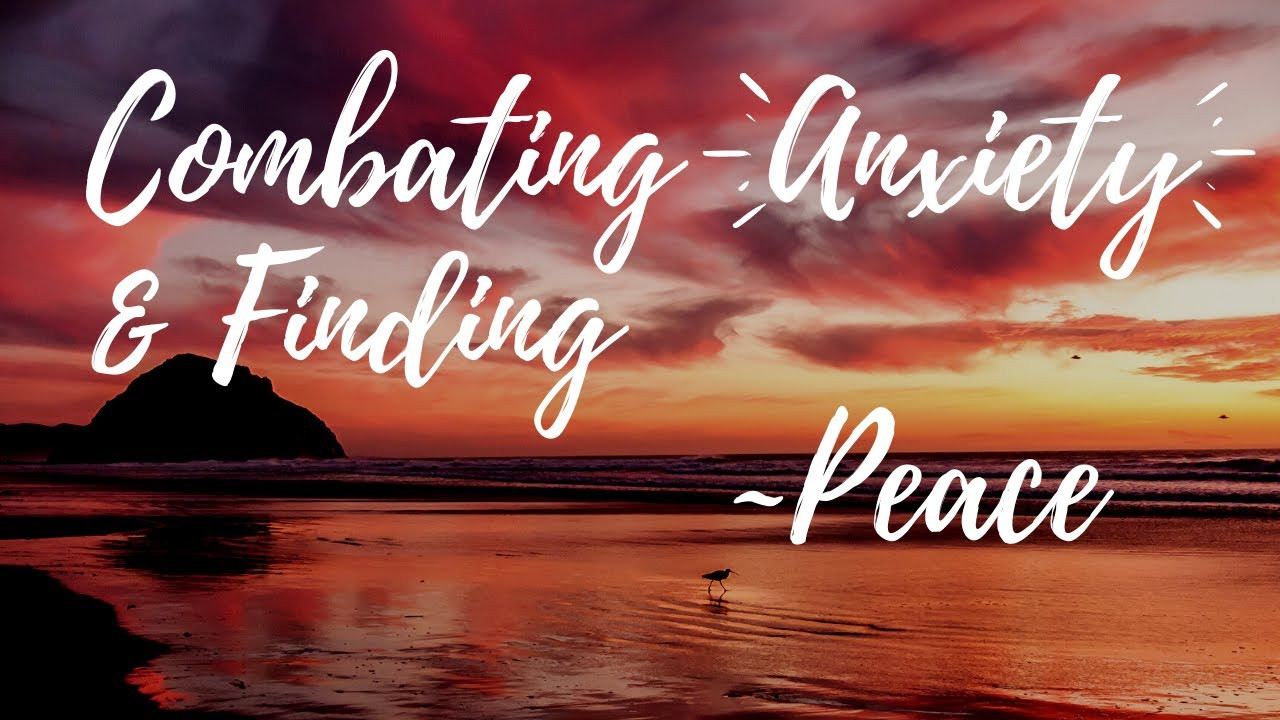


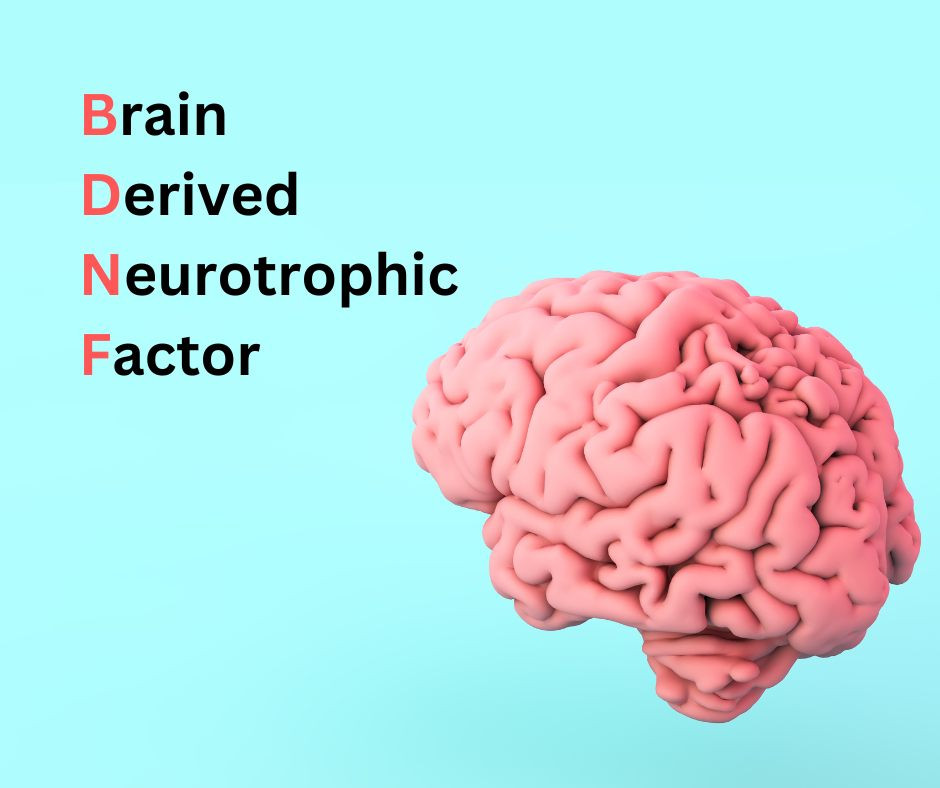

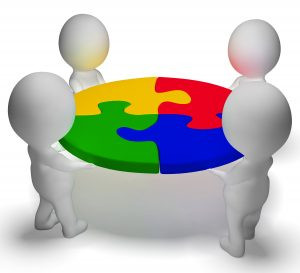
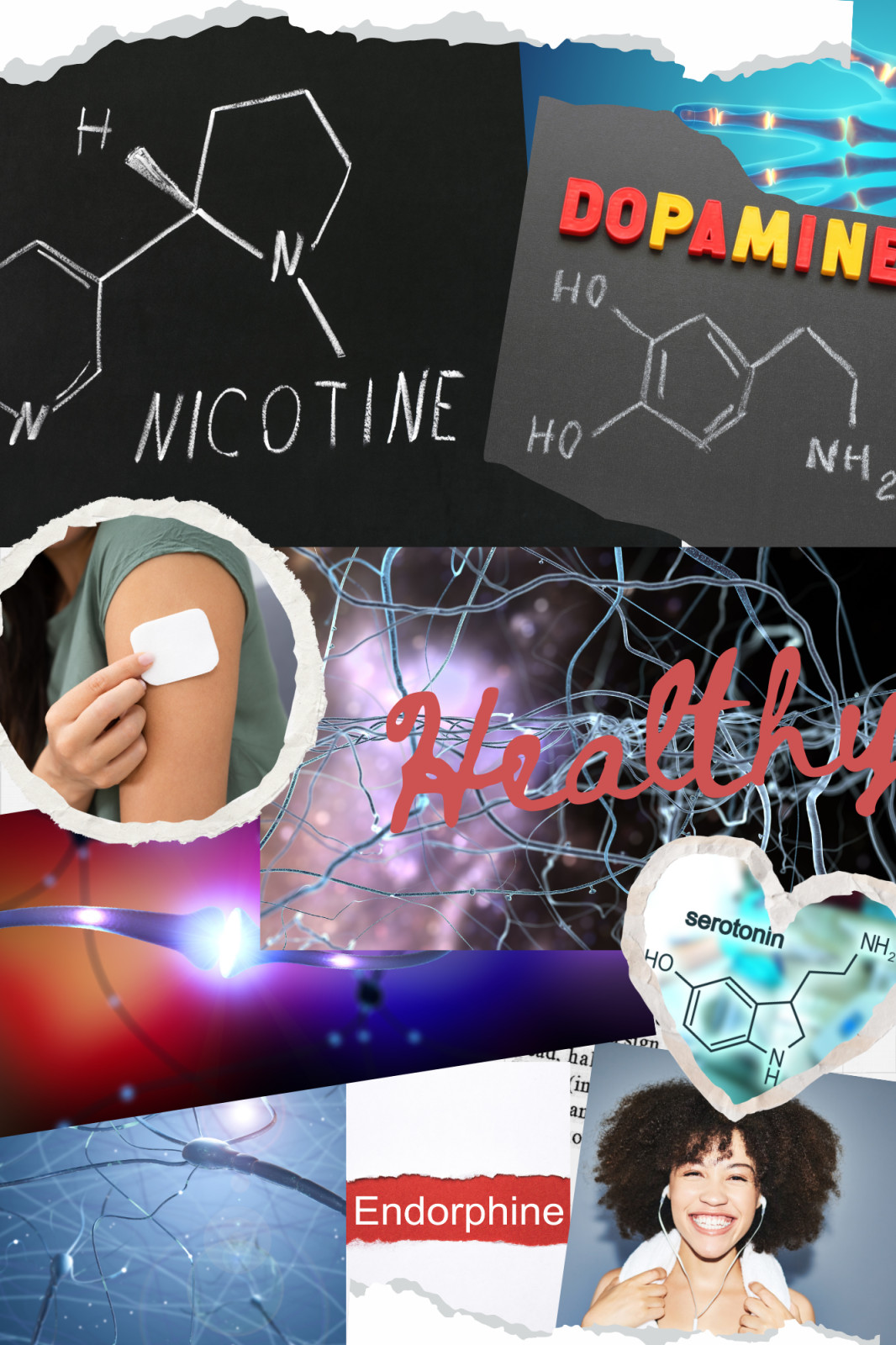
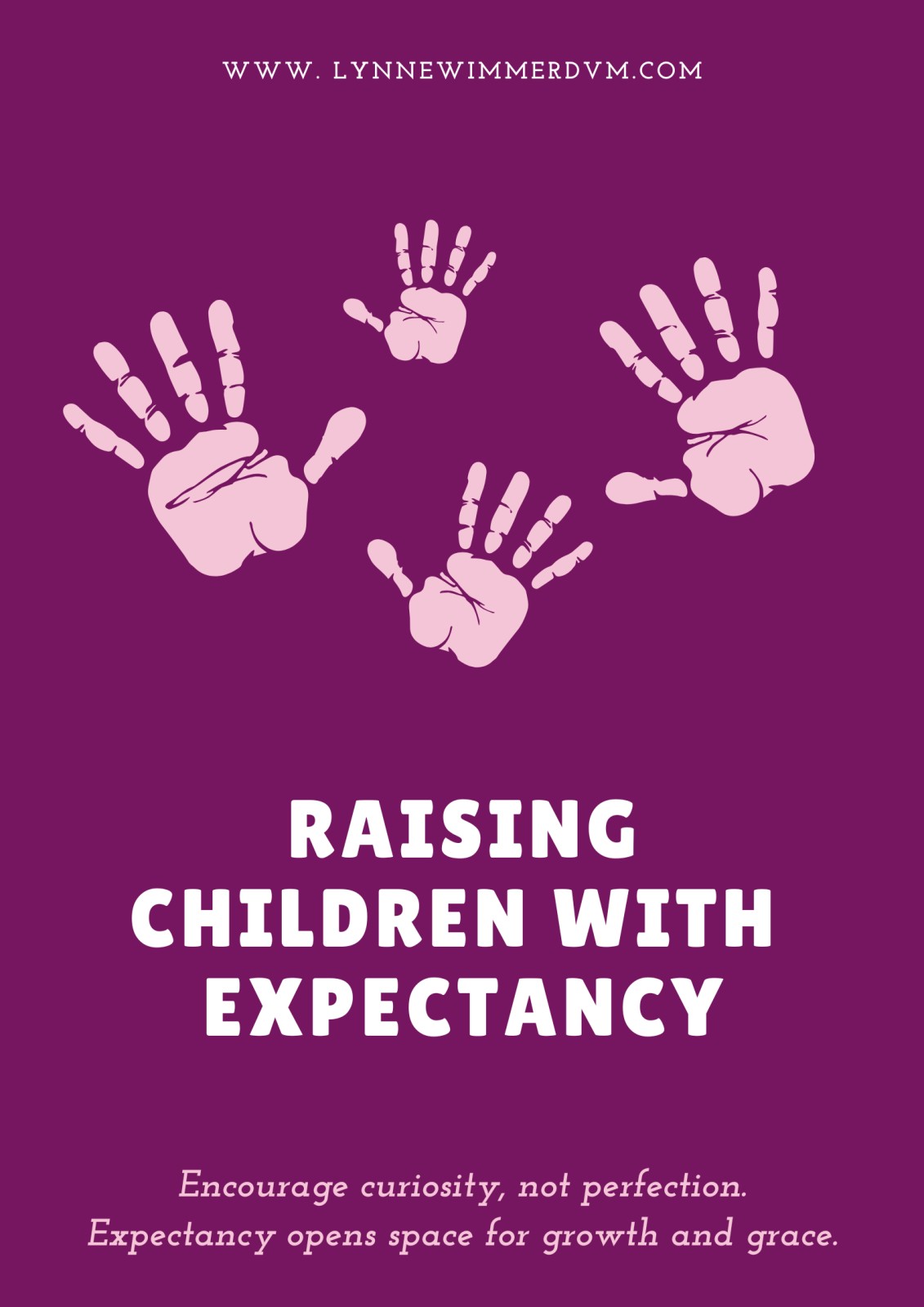
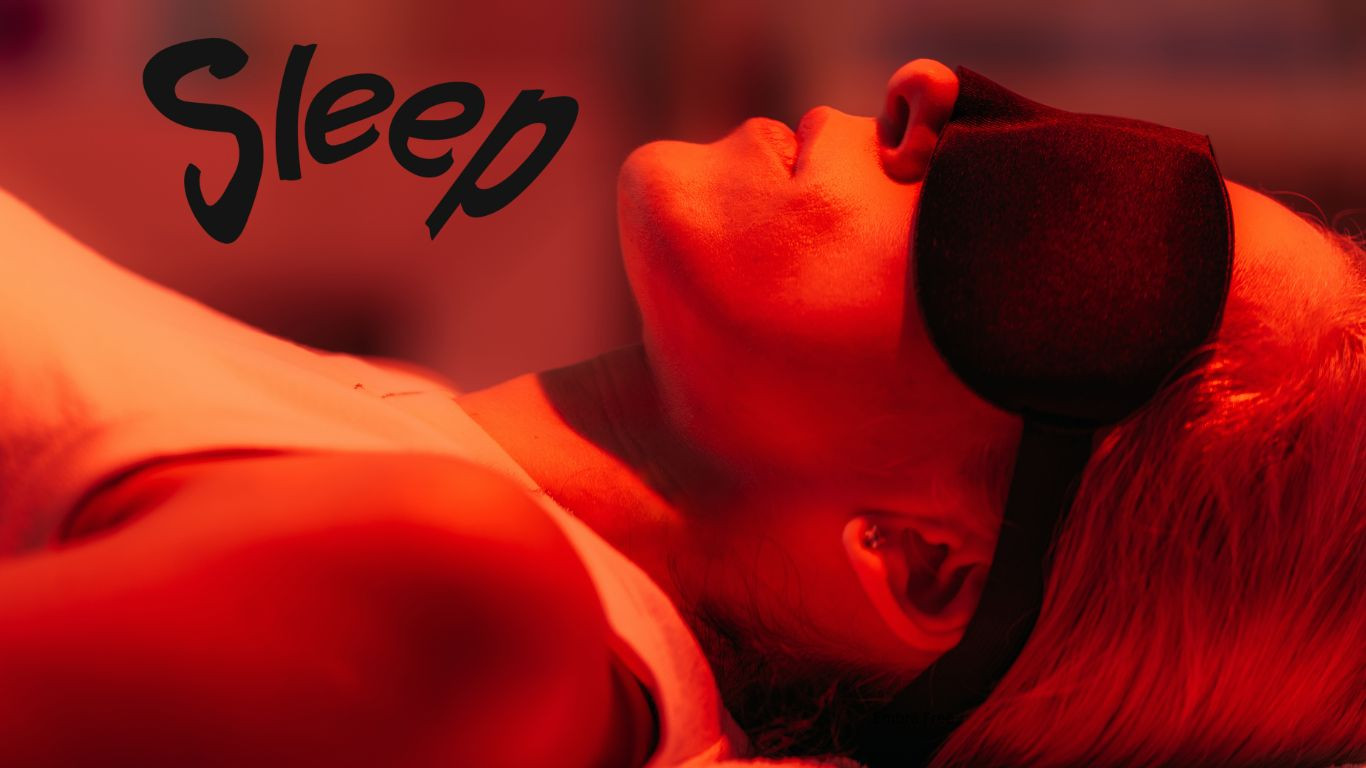

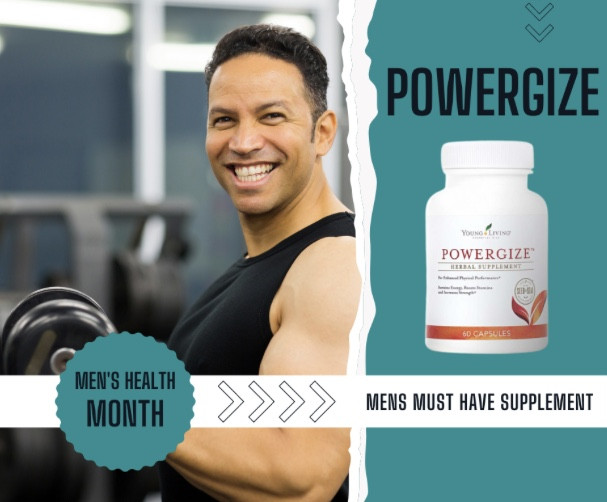




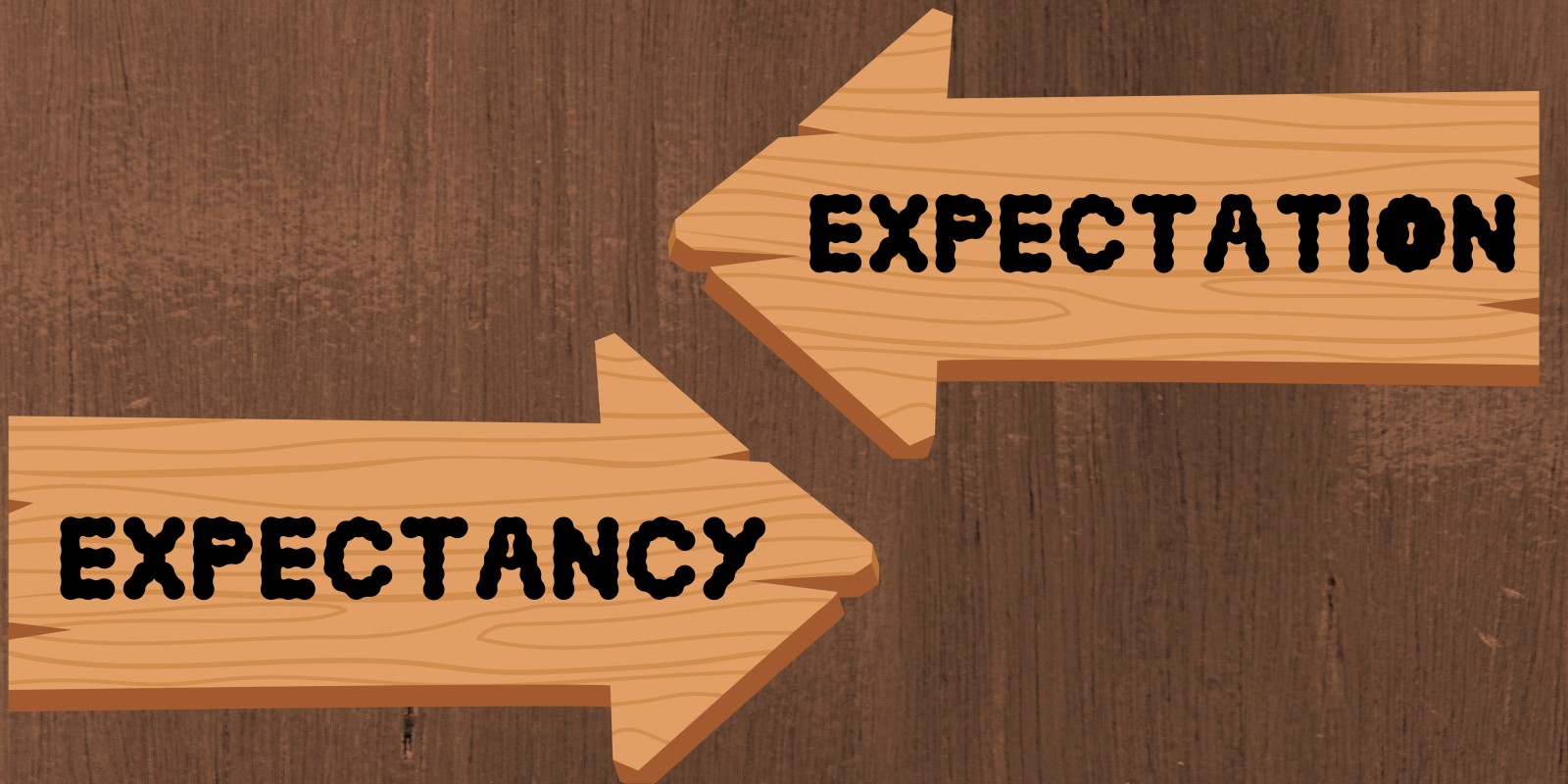



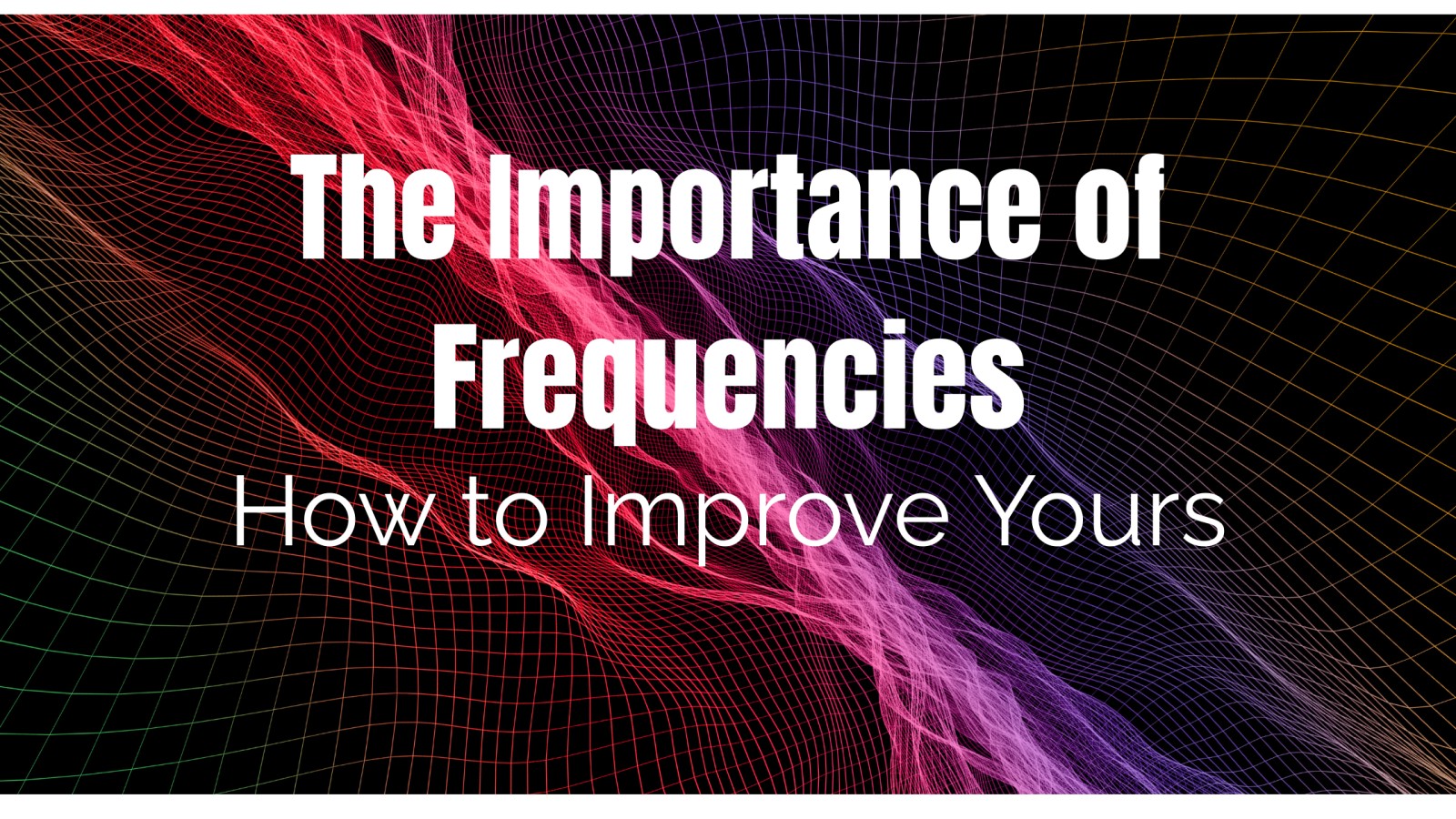





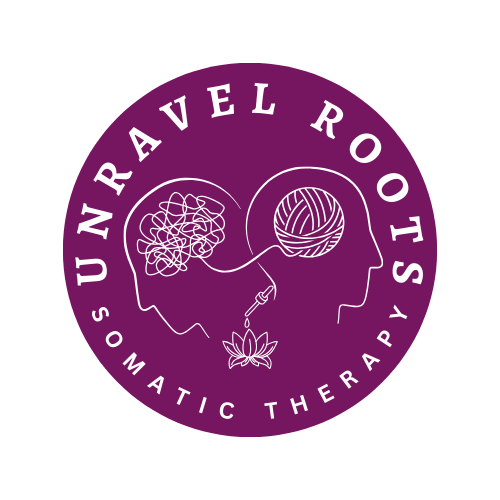





0 Comments